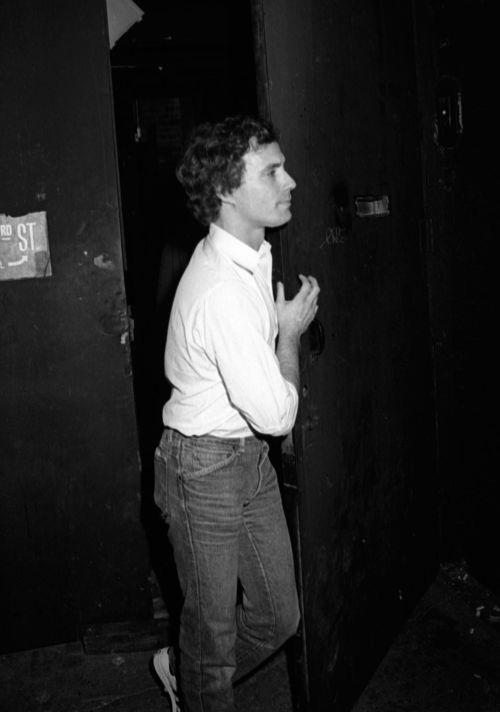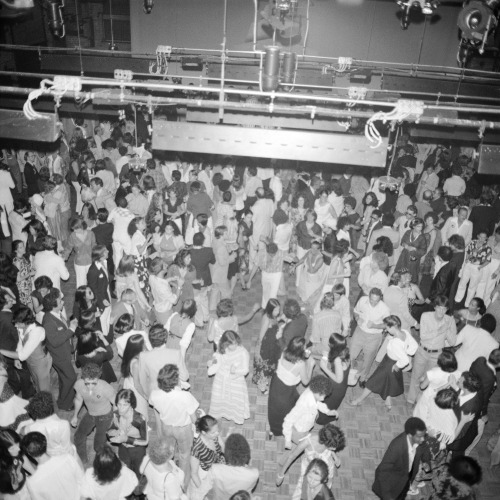New York City has a long history of storied nightclubs: the Cotton Club in Harlem, Café Society in t
New York City has a long history of storied nightclubs: the Cotton Club in Harlem, Café Society in the West Village, and the Peppermint Lounge in Midtown, to name a few. From the 1920s-1960s these venues promoted a sophisticated and free-spirited image of the city. However, by the 1970s, press coverage of NYC focused on the crime and dilapidation that resulted from economic turmoil. It was against this backdrop that Studio 54 emerged. The exhibition Studio 54: Night Magic tells the story of Ian Schrager and Steve Rubell, two Brooklyn-born entrepreneurs who transformed a former off-Broadway opera house and television studio into an iconic nightclub. Studio 54 was a space of liberation, where people from diverse sexual, sociopolitical, and financial strata could find refuge and commonality, each taking a star turn on the dance floor or observing the scene with delight. See it on view through November 8.Larry Fink (American, born 1941). Studio 54, May 1977. Gelatin silver photograph. Brooklyn Museum, Gift of Sidney Singer, 1991.221.7. © artist or artist’s estate ⇨ Ron Galella (America, born 1931). New York City Ian Schrager at Studio 54, Martha Graham Award to Halston, 1979. Courtesy of the artist. © Ron Galella ⇨ Ron Galella (America, born 1931). New York City “Opium” Perfume Party at Studio 54 Cher, David Geffen, Steve Rubell and Yves St. Laurent, 1978. Courtesy of the artist. © Ron Galella ⇨ Meryl Meisler (American, born 1951). Dance Floor, 1977; printed 2019. Gelatin silver print. Courtesy of the artist. © Meryl Meisler -- source link
#studio54bkm#nightclubs#studio 54#ian schrager#steve rubell#brooklyn museum#entrepreneurs#iconic#history#art#design#parties#star#dance#music#night life



